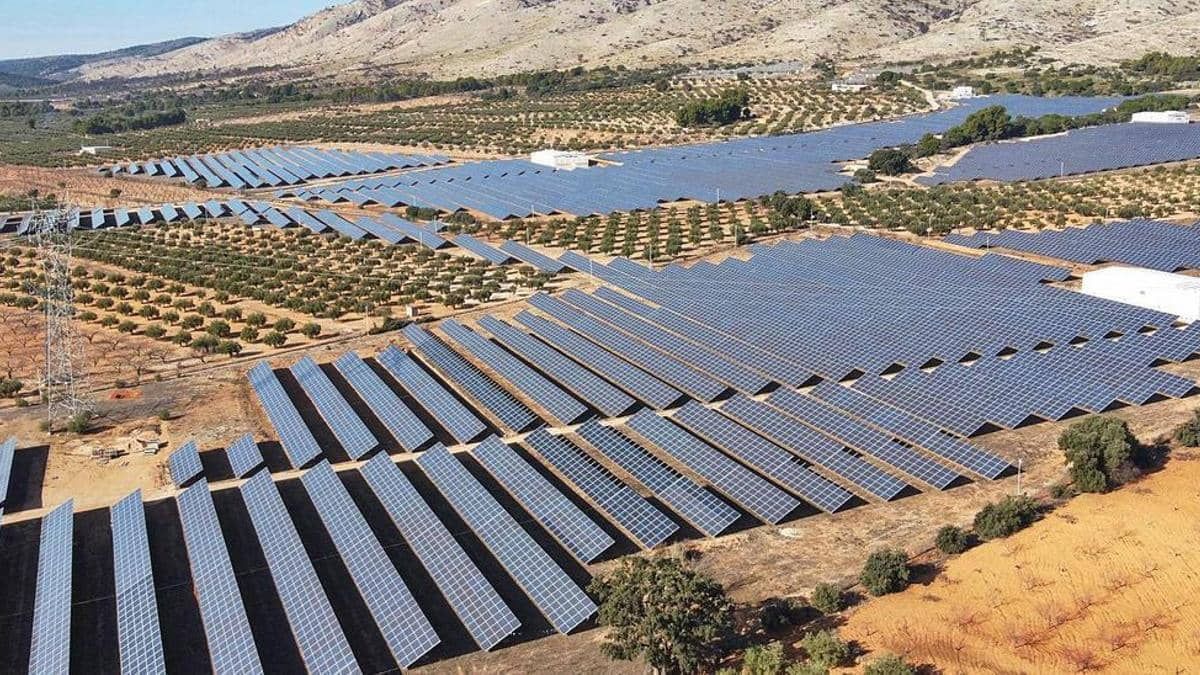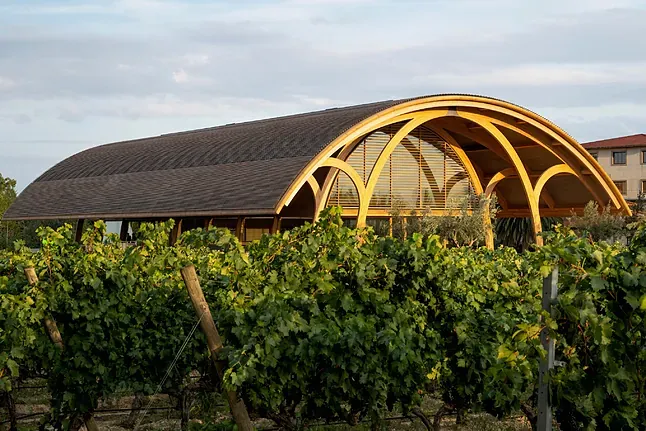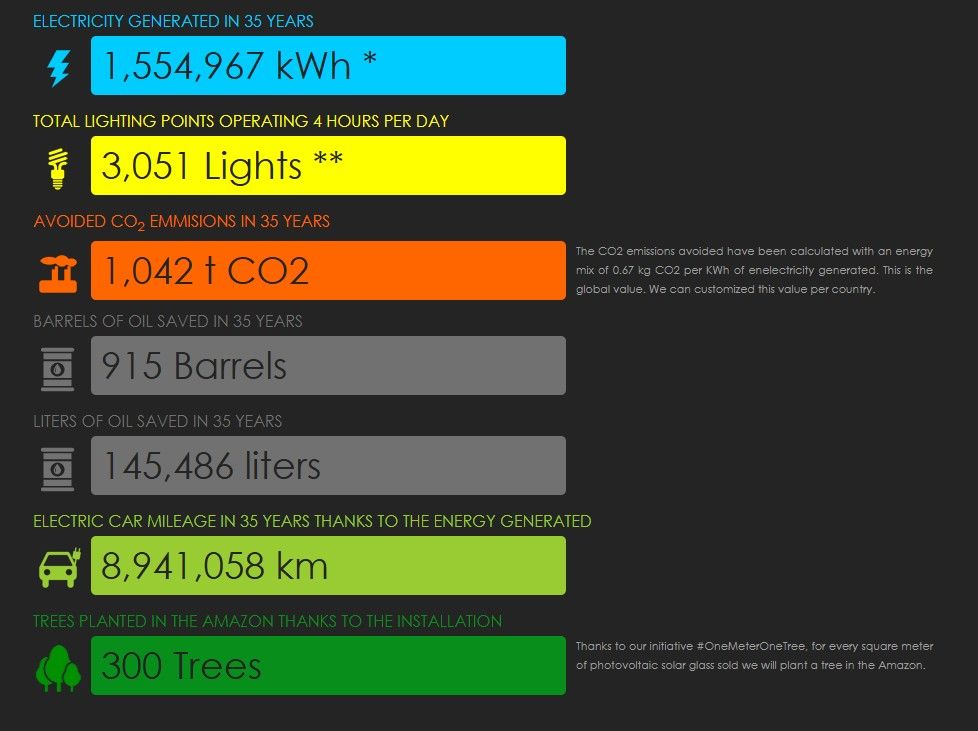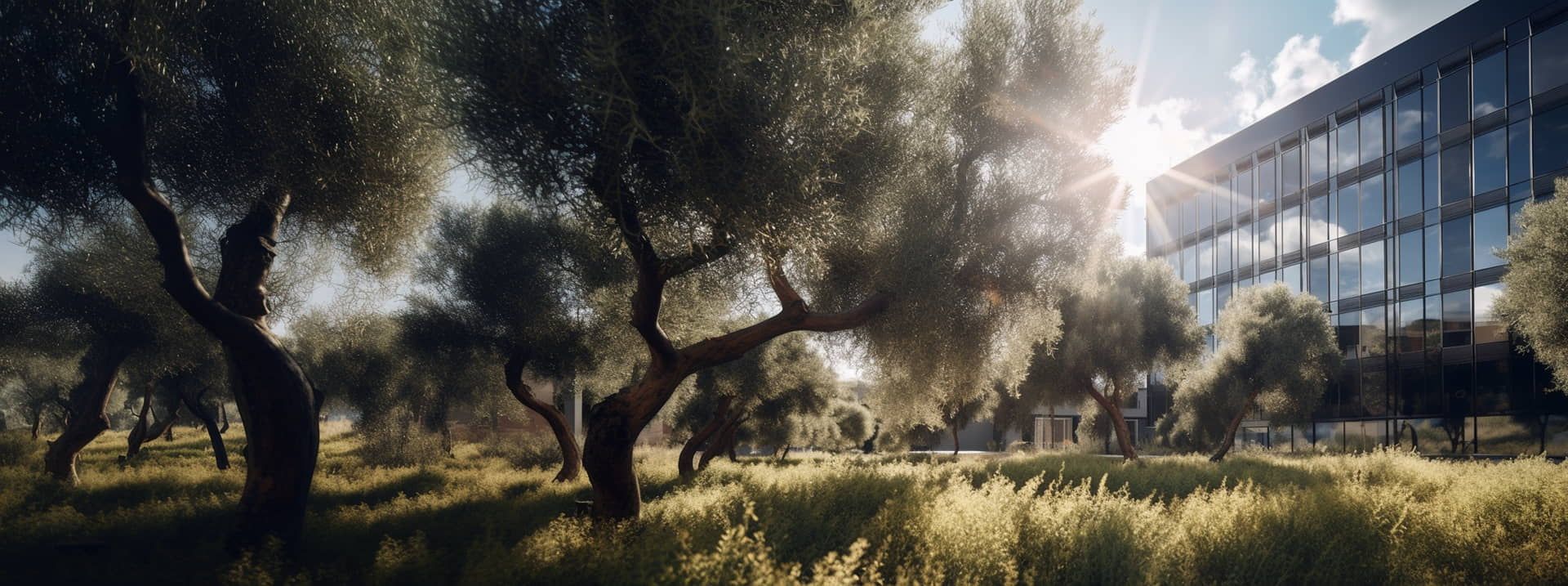ONYX TODAY
GENERATING WITHOUT TAKING SPACE: A SMARTER WAY TO DO SOLAR ENERGY
The future of solar energy isn’t in the countryside, it’s in the city
Solar energy has become one of the key pillars of energy transition. In the face of the climate crisis, we need clean and renewable sources. Photovoltaics deliver on both. But just as important as technology itself is the deployment model we choose.
In recent years, large-scale solar installations on rural land have grown exponentially in many regions of Spain. At first glance, they may seem like an effective solution: they harness sunlight, generate electricity, and help cut emissions. However, their massive expansion is causing serious impacts on the land, on local economies, and on the balance of rural landscapes.
The model matters: where we produce also leaves a mark
A striking example is found in the northern countryside of Jaén and Córdoba, where multiple solar farm projects involve the clearing of tens of thousands of century-old olive trees. According to sources such as El País y La Razón (El País, 4/10/2024, La Razón 9/5/2025), over 100,000 trees could be lost in the area. This is not just about agriculture, it’s about local economies, rural identity, and sustainable land use.
In addition to occupying farmland, these installations require access roads, transmission lines, substations, and fencing. The landscape is altered, and the land becomes fragmented. All of this to generate energy that, in most cases, is consumed far from where it’s produced.

Photo of a solar plant / Axel Alvarez (www.informacion.es)
Cities as generators, not just consumers
There is, however, a more logical and land-respecting alternative: generating energy from buildings themselves. Façades, brise-soleils, pergolas, or skylights can host photovoltaic systems without occupying additional land or altering its current use.
Beyond avoiding land-use conflict, this approach offers a clear technical advantage: when solar generation is limited to horizontal surfaces like rooftops, most production is concentrated in summer months, creating seasonal peaks that are difficult to manage. By distributing PV generation across other building orientations, such as façades, production becomes more balanced and stable throughout the year, reducing seasonal peaks and improving overall system performance.
Building-based generation: a real and growing solution
Photovoltaic integration in architecture, through façades, canopies, skylights, and other surfaces, is not a future concept. It’s a real solution already deployed in buildings worldwide.
This way of generating energy offers several key advantages:
- It avoids using additional land and does not interfere with agricultural or natural environments.
- It generates electricity close to the point of consumption, reducing transmission losses.
- It distributes benefits more fairly, allowing institutions, companies, and even communities to generate their own power.
- It increases the building’s value and improves its overall energy performance.

Faustino Winery building featuring photovoltaic roof (www.elmundo.es)
This model is not only technically feasible but also supported by regulatory frameworks. The European Energy Performance of Buildings Directive (EPBD) promotes the integration of renewables into the building envelope. In other regions, such as California, Building Energy Efficiency Standards also support integrated photovoltaic systems as part of broader sustainable construction and self-consumption strategies.
A concrete example in Milan shows how a 300 m² photovoltaic façade can generate energy consistently throughout the year, with a more balanced production curve than systems installed exclusively on rooftops. The following chart, generated using Onyx Solar’s solar estimation tool, illustrates this clearly.

Sustainability is also about where, how, and for whom
Moving toward a decarbonized economy is essential, but that doesn’t mean accepting any solution. Using what is already built and applying integrated photovoltaic strategies is a more rational, less contentious, and longer-term approach.
Cities have space, the demand, and the means to become energy generators.
What if the energy transition started in our cities?
The energy transition is urgent, but that doesn’t justify continuing to support a model that consumes rural land and ignores the untapped potential of the urban built environment. Spreading installations over farmland, displacing crops, or altering land use is not a balanced or sustainable solution.
Meanwhile, thousands of urban buildings could already be generating clean energy without occupying a single additional square meter of land. The alternative exists. It’s already in motion. And it aligns far better with the principles of sustainability, efficiency, and fairness.
At Onyx Solar, we’ve spent years proving that a different way of producing solar energy is possible: from the building itself, without taking up more land, with solutions that combine performance, architectural integration, and respect for the environment.

